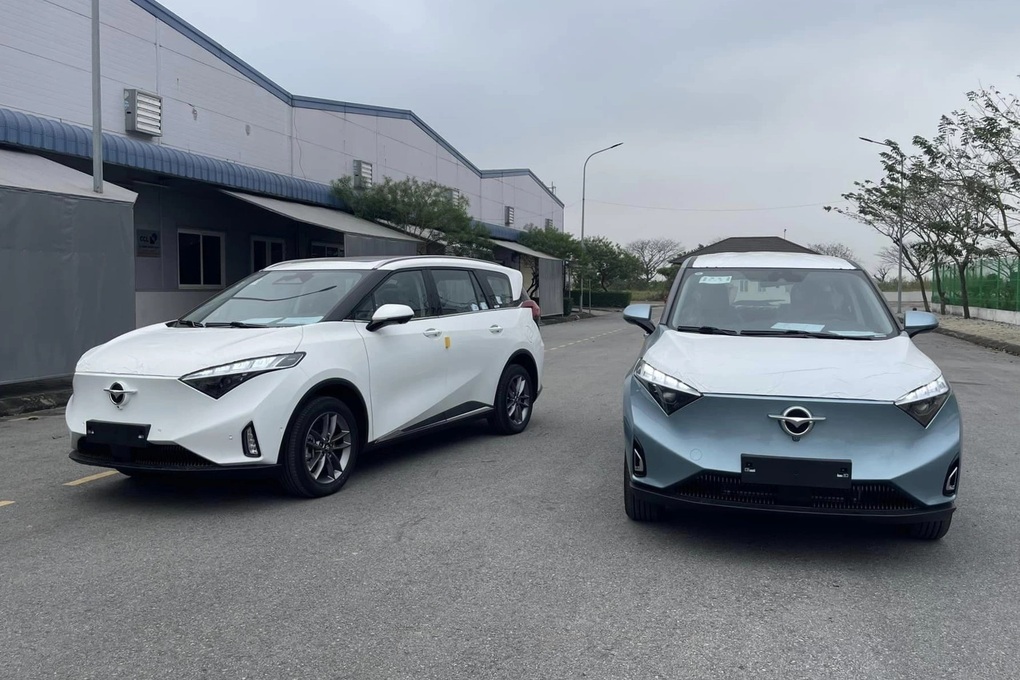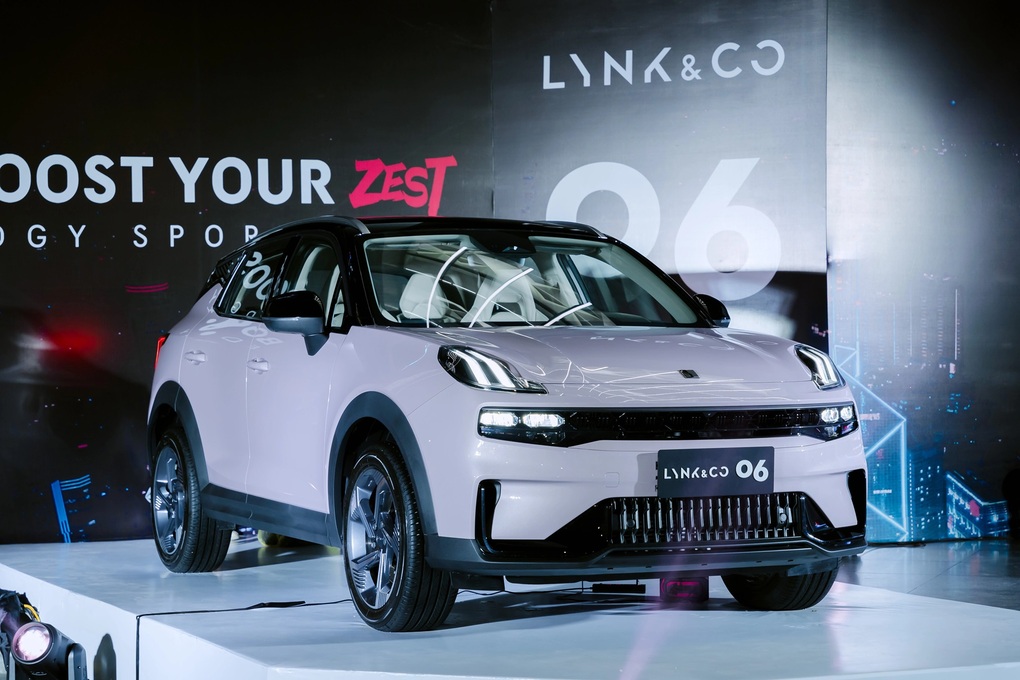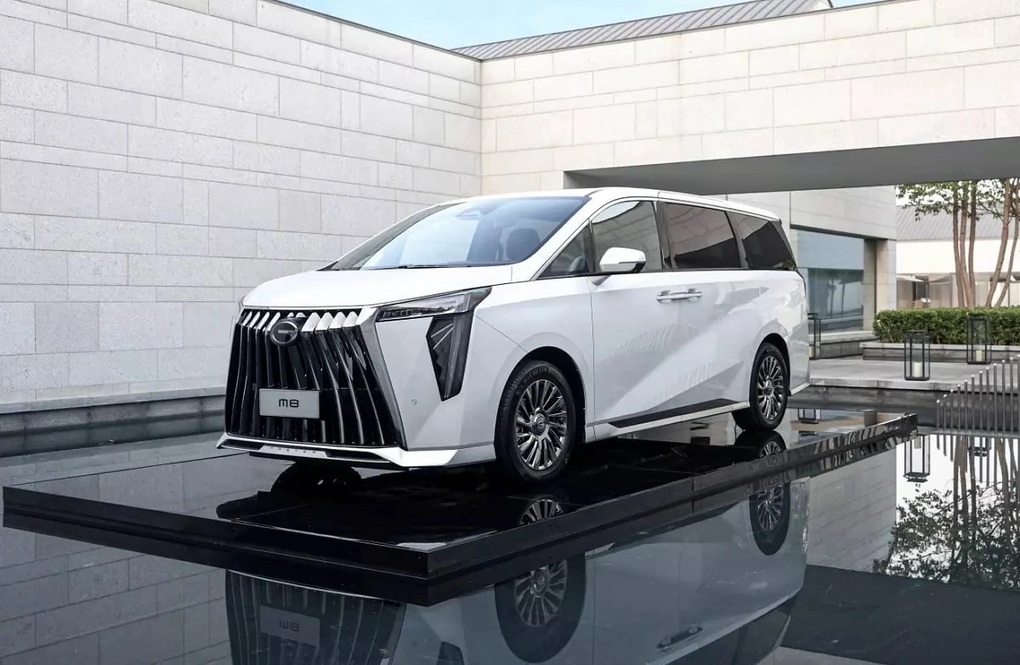
At one point, Chinese car models brought to Vietnam were directly competing in segments with "hot" products from Japanese or Korean brands. The main strategy here was to offer a reasonable price with more features and technology. However, this strategy has not been enough to make Chinese car models popular choices among the majority. For example, the MG ZS and HS, positioned in the B and C-segment SUVs, even with significant price reductions, are still not as popular as Mitsubishi Xforce or Mazda CX-5.
Learning from these "lessons," some Chinese car models entering the Vietnamese market recently seem to have changed tactics. Instead of entering the competitive "hot" segments, these brands and products tend to focus on niche markets.
Chinese cars avoid "hot" segments, look for less competitive playgrounds
Haima returned to Vietnam at the end of 2023, introducing the 7X and 7X-E models. The 7X is positioned in the mid-size MPV segment, a group facing competition from smaller MPV models, but with less competition, only from Hyundai Custin and Toyota Innova Cross.

The Haima 7X-E is the electric version of the 7X. The car has no direct competitor in Vietnam (Photo: Nguyễn Quý An).
Similarly, Lynk & Co, positioning itself slightly higher than regular cars. Some of its products like 01, 05, and 09 have been introduced with not so low prices, with the highest reaching 2 billion VND but developed on the Volvo platform, seen as "affordable Volvo."
More recently, the brand introduced the 06 model. This is a rare product from the brand with a selling price comparable to Japanese or Korean competitors: 729 million VND.

The Lynk & Co 06 has a price that is not as high as its "siblings" because the car does not use the Volvo platform (Photo: Lynk & Co).
In August, the GAC brand from China will debut in Vietnam, with the first 2 products being GS8 and M8. Both models are in less competitive markets, including the E-segment SUV and minivan.
The GAC GS8 will compete with products like the Hyundai Palisade, Ford Explorer, or Volkswagen Teramont/Teramont X. This group of cars is usually not for regular consumers, with prices up to 2 billion VND.
When introduced in Vietnam, the GAC M8 will compete with the Toyota Alphard and Volkswagen Viloran. The target customers of these products are quite specific, looking for a luxury transport vehicle.

The design of the GAC M8 is reminiscent of the "ground jet" Toyota Alphard (Photo: GAC).
Another example is the MG7. This model may be introduced in Vietnam at the end of August, positioned in the mid-size sedan segment, competing with the Toyota Camry, Honda Accord, or Mazda6. This group of cars is quite selective, mainly due to the high prices and users' preference shifting towards SUVs.
In July, almost all the products in the mid-size sedan segment appeared on the list of the 10 slowest-selling cars in the market, except the Toyota Camry. The most popular Japanese car only sold 129 units in July.

The MG7 is receiving a lot of attention from Vietnamese customers, with rumors of the car's price starting at around 700 million VND, competing with C-segment sedans like Hyundai Elantra (599-799 million VND) (Photo: MG dealers).
May only stop at being a "rare item"
Entering less competitive segments helps Chinese car models increase visibility and have the opportunity to attract Vietnamese customers' attention. However, this strategy is somewhat like a double-edged sword because niche markets usually have higher prices.
High prices and brand factors will be significant barriers for these products, making it difficult to convince the majority of customers. In that case, these Chinese car models can only be seen as "rare items," for customers willing to overlook the brand and experience new products.
Hãy là người đầu tiên bình luận!
Bình luận: